Castlevania: Harmony Of Dissonance Thoughts
Immediately after polishing off Circle Of The Moon, I progressed to Harmony Of Dissonance, the GBA’s second installment. Changes are immediately evident: larger sprites, much more colorful visuals, upgraded graphics, new enemies and a more adept protagonist. While the story is ultimately a rehash of CotM, there’s a lot to like here, particularly in comparison to its predecessor. Unfortunately, large chunks of this game have tremendous downsides which make the inferior Circle Of The Moon a comparable title.
As I progressed into the second castle, I made a realization: I almost certainly never beat this game. Stumbling across an old save – it appears the 60% mark was about my limit. If memory serves me right, I revisited it later and felt the same pang of frustration. The game is deliberately obtuse, an old tactic employed to artificially lengthen the game’s duration. Several areas are off-limits, but the map “opens” them up, thereby marking them and making a revisit quite challenging. The rewind feature is spectacular to erase some of those mistakes, but oftentimes a key opens just a very specific door or two with no word of where that might be. The overly-spacious two-castle system compounds this issue as warping is initially slower and more arduous than in the past and there’s an awful lot of running around just to revisit a dead-end you knew about in the past. In fact, things are so spacious that the main goal is to dash through vast swathes of the castle searching for the next extension – unfortunately almost always stumbling upon another wall or impassable segment.
 |
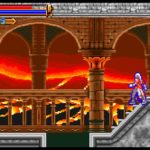 |
 |
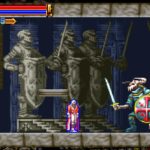 |
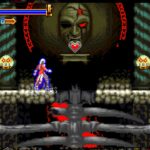 |
 |
20 years later and with the aid of decades of guides, this task is much simpler, but no less absurd. The enemies themselves are quite diverse, building off of CotM with 3D effects and the like, but despite the size of the bosses and their impressive animations (both attack and death), most felt rather uninspired and far easier to beat. The initial GBA game was a rigorous challenge; this game is not. Once again, you resort to zipping through portions of the castles, here designated as A and B, and even getting hit is rarely a concern. Fortunately, controlling Juste is far more forgiving than Nathan Graves and his animations are substantially more impressive. Those wonderful bosses, added animations and effects come at a hefty cost: the game’s sound. It suffers and contains scant few memorable tunes, a series staple. In fact, the title sounds like an archaic NES game, but even that is too kind, as the songs here don’t contain the standard hook. The shopkeeper’s tune sounds downright ancient and represents one of the weakest set of tunes in any Castlevania ever.
My gripes continue, but Harmony Of Dissonance is generally fun once things get moving. There are a ton of items to collect, different armors and the like, though none are incredibly exciting, and there’s nothing comparable to CotM’s DSS system, unfortunately. Collecting furntire isn’t quite my style. Visually it sings with a huge assortment of backgrounds & colorful enemies: overall it’s a lot of fun to look at. Scouring screenshots is a lot more rewarding than the first GBA game.
 |
 |
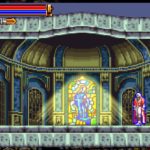 |
 |
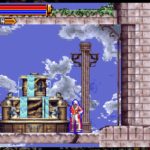 |
 |
As I approach 200%, it’s so interesting to discover (re-remember?) that I never finished this. The era of its arrival was a tumultuous one for me – however, I’m almost certain I completed every subsequent 2D Castlevania on the GBA & NDS. Until I can verify by getting my old-school GBA from Maine, I remain uncertain if I actually beat Dracula in Circle Of The Moon as well! Wouldn’t be surprised if I hadn’t!
As a stepping stone to Aria Of Sorrow, the game really is impressive despite its numerous flaws. I’m tremendously happy I got to revisit this with the assistance of guides, save states and the rewind feature. I am stoked to finish it and to move on to its successor!
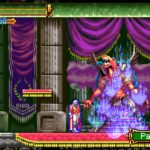 |
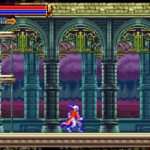 |
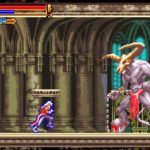 |
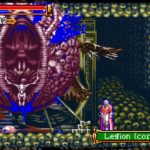 |
 |
 |
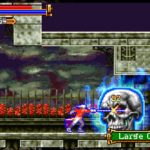 |
 |
 |
Late Update: I’ve now beaten the game and witnessed all three of the title’s endings. My final map count is at 99.7% for each castle, maxing out at 194.4%. I appear to be missing the same number of rooms in each. The two versions of Maxim were uniquely-different fights and the Dracula Wraith final boss was a pretty cool, horrible amalgamation of his body parts (a callback to Castlevania II: Simon’s Quest – much like the Simon Wraith callback to the original Castlevania.)
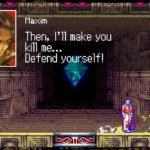 |
 |
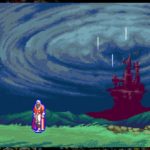 |
 |
 |
 |